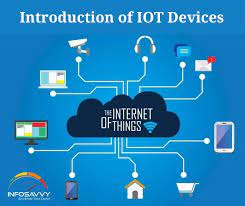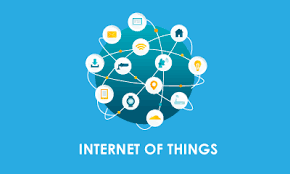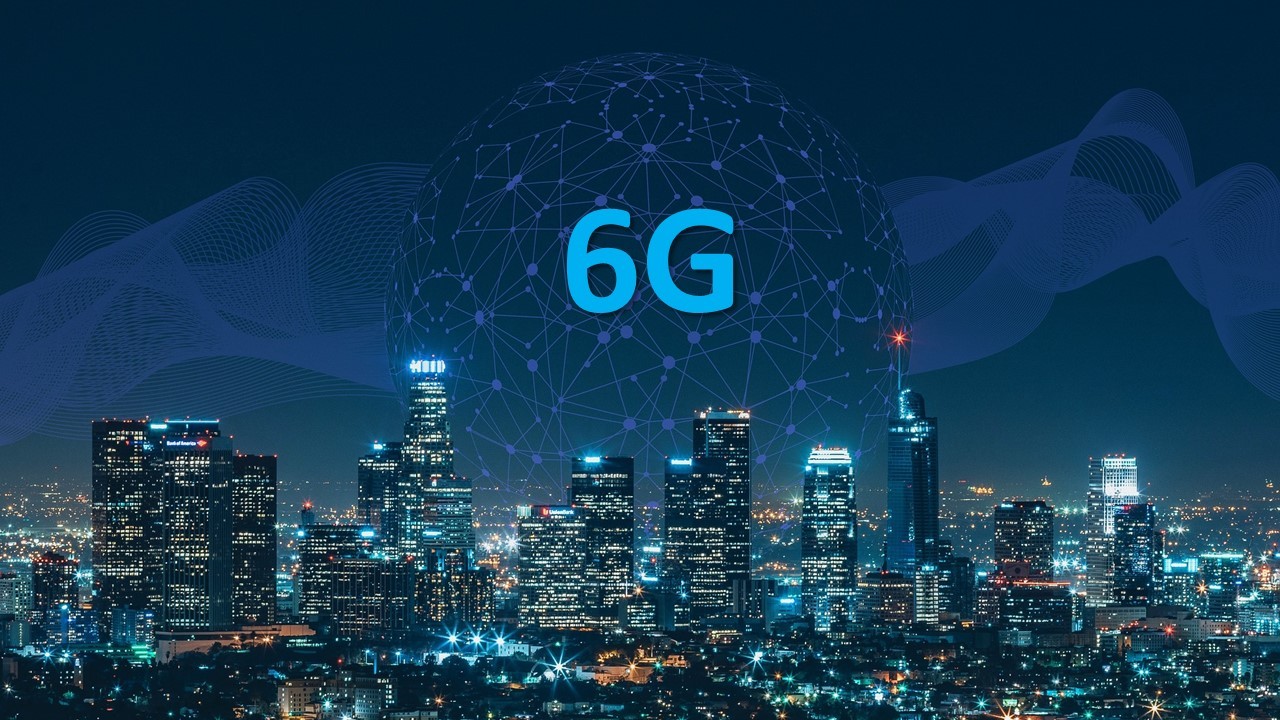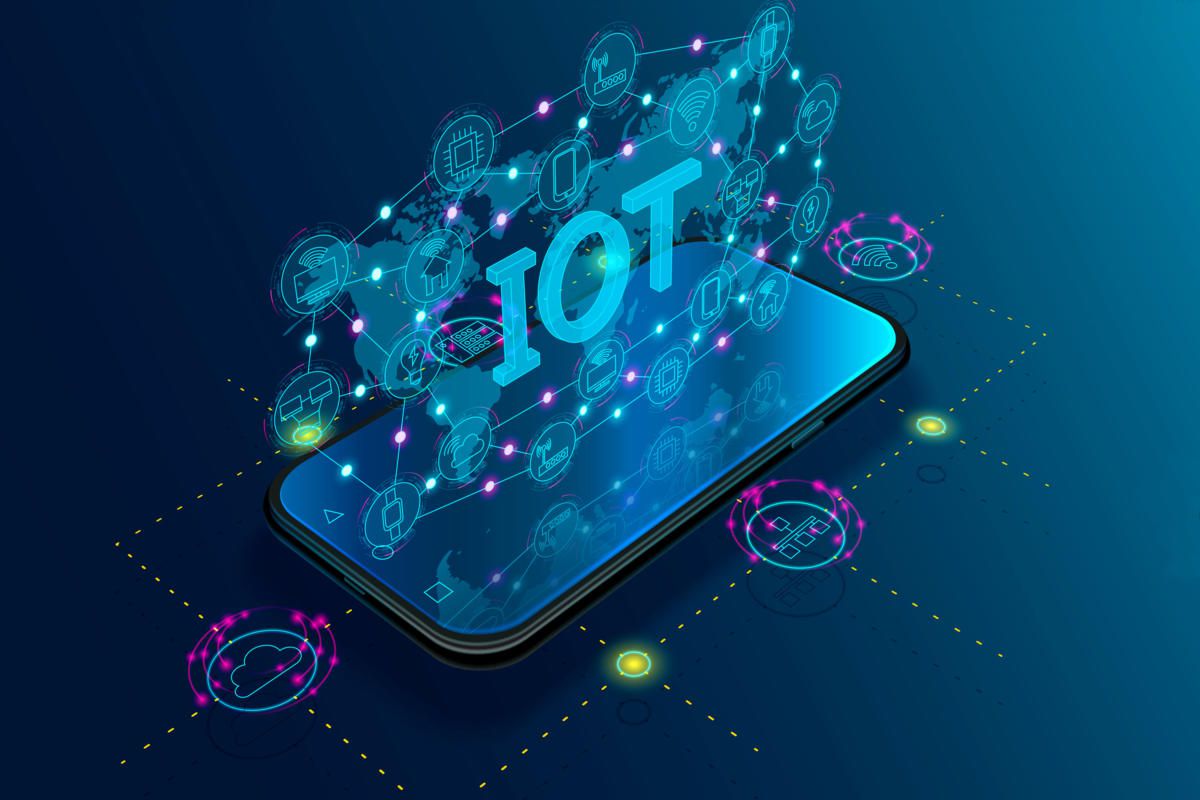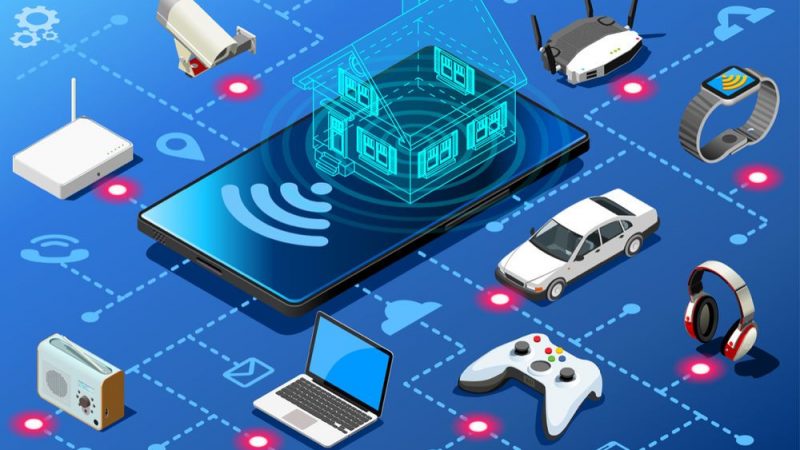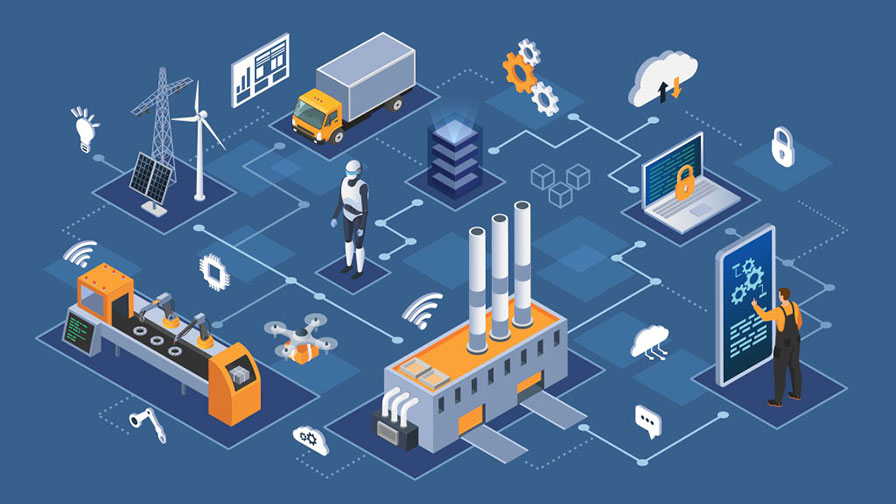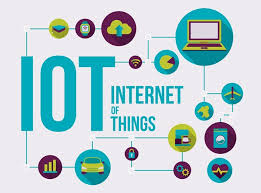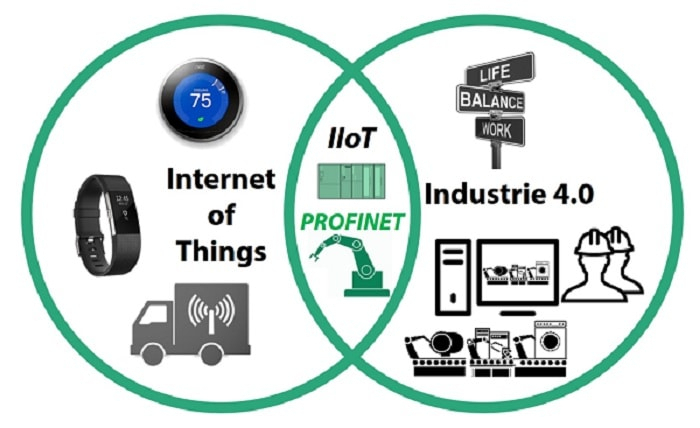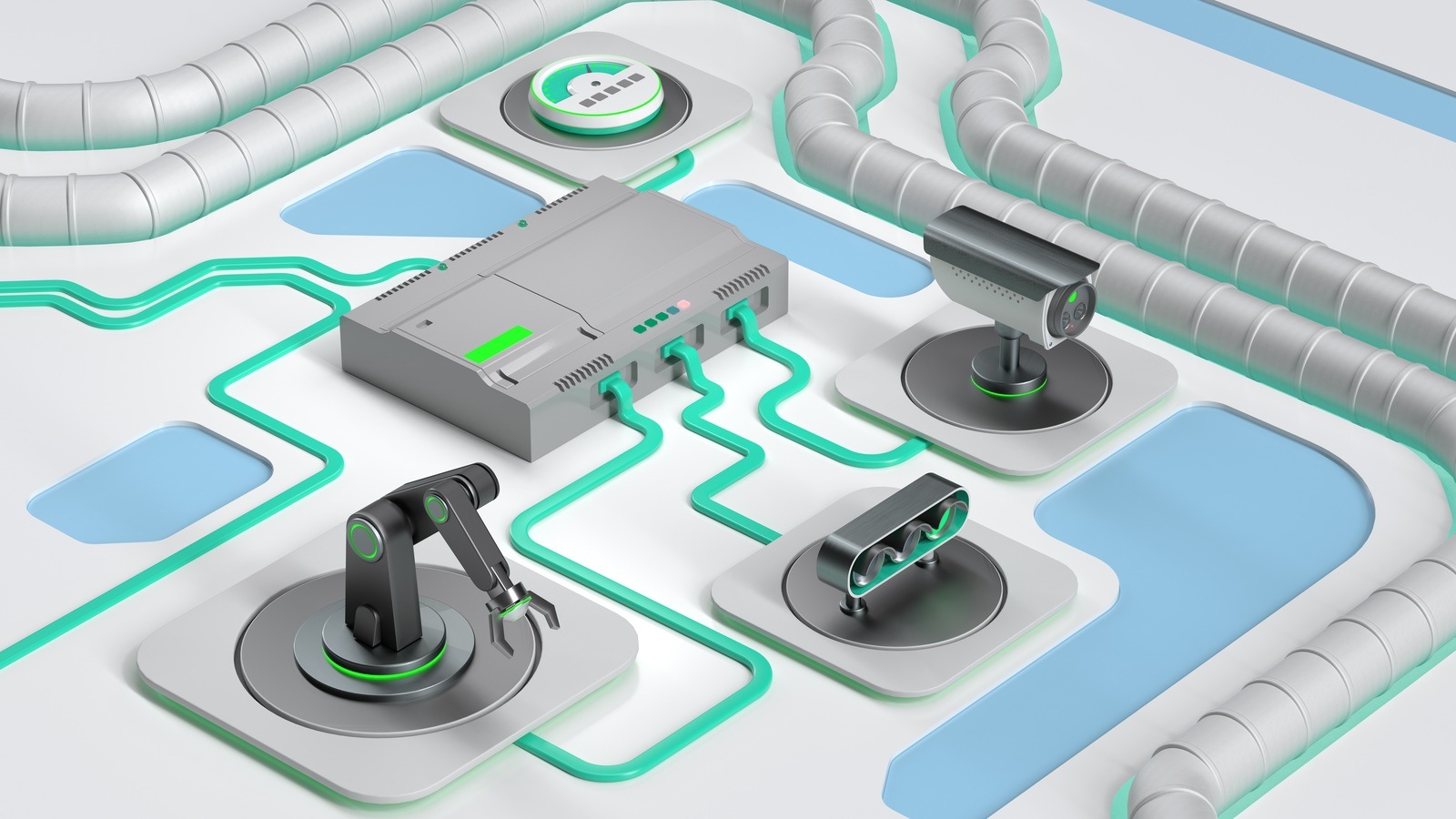15
Oct
The Internet of Things (IoT) refers to the network of physical objects, devices, vehicles, buildings, and other items embedded with sensors, software, and connectivity capabilities that enable them to collect and exchange data over the internet. IoT allows these objects to interact with each other and with humans, creating a web of interconnected devices that can monitor, analyze, and respond to their surroundings. Key Concepts of IoT: Connectivity: IoT devices are connected to the internet or to each other, enabling data exchange and communication. This connectivity can be established through various technologies such as Wi-Fi, Bluetooth, cellular networks, or low-power…
